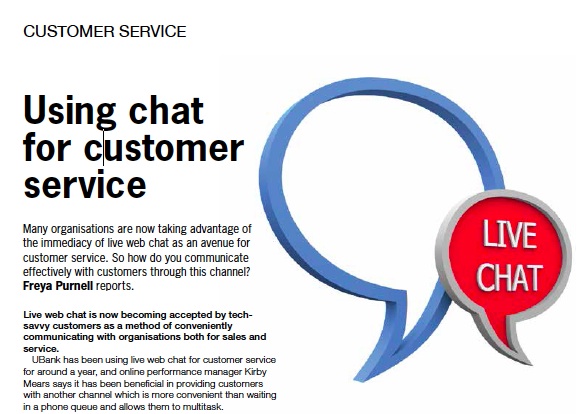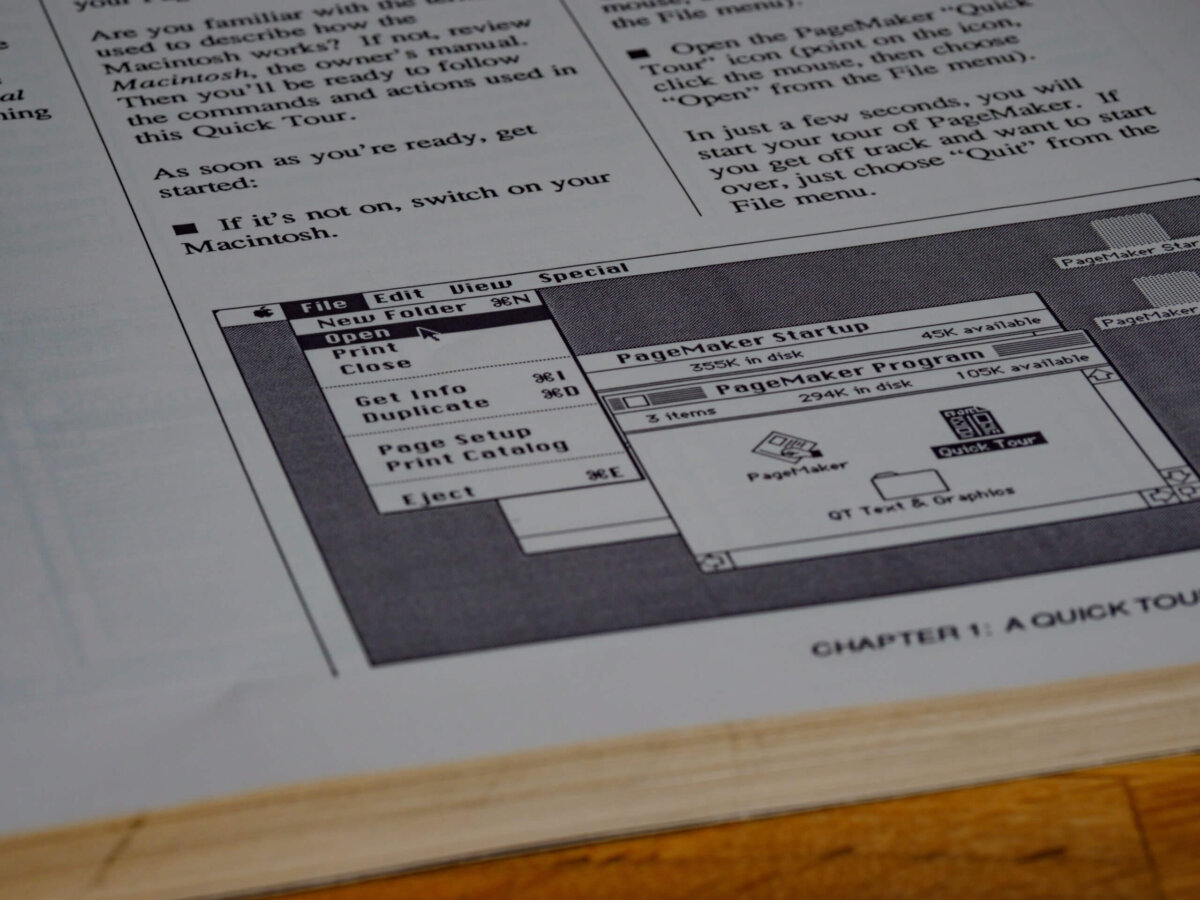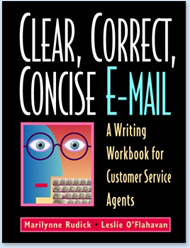This summer, I was honored to be interviewed by Freya Purnell for SOCAP Australia’s Consumer Directions magazine. Download the full article, “Using Chat for Customer Service,” and you’ll read my advice about chat as well as that of Kirby Mears, online performance manager at UBank. Here is a selection of chat Do’s and Don’ts from the interview.
The Do’s of Live Chat
- Offer live chat for specific business cases, and keep some limits on which customers can initiate a chat. This places some boundaries on what the substance of the chat will be, making it easier for agents to be prepared. At UBank, customers must trigger certain business rules to be offered a chat – for example, if a customer is on a particular web page for longer than three minutes, a pop-up will appear to find out if they have any questions or need help and would like to initiate a chat.
- Make available all the information sources an agent might need to dip into to help a customer in real time. “Because chat is live and because it integrates the online world with the service channel, agents should be ready to search for information in a way that they don’t have to be on email,” says O’Flahavan.
- Use clarifying questions. “For agents whose first channel of interaction is the phone, sometimes email can be really frustrating because you can’t help the customer clarify the question. In chat, you can, and so you should exploit chat for its ability to help you figure out what the customer is really asking and really needs,” says O’Flahavan.
- Take cues from the customer’s language to dial up or dial down formality. “We have a few levels of scripting – I am personally of the opinion that it needs to be very focused on how the customer wants to deal with us, rather than just following rules and regulations,” Mears says. Shorter exchanges will create a more informal, conversational tone.
- Use language about how the interaction is going. For example, ‘Did I answer your question?’, or ‘Do you think that item is the type you would like to buy?’. “Both the task and the tone is more interactive,” O’Flahavan says.
- Ensure agents know how to disengage from a prank, or from rude, scatological or pornographic discussions.
.
The Don’ts of Live Chat
- Cross-sell or up-sell while you are solving a problem. “It’s very easy to do in chat because you can push a link at any time. Many chat vendors propose pushing links as a way of helping agents engage in multiple chats and therefore buy them some time when they can be less attentive to each customer. It’s a really bad idea,” says O’Flahavan.
- Leave the customer waiting too long for your next response. “The agent may leave the chat for quite a long time without the customer asking ‘Are you are still there?’, if the agent has managed the time expectations in the chat, and if the agent’s departure is because they are pursuing an answer on this customer’s behalf, not because they’re serving another customer,” O’Flahavan says.
- Rush to complete the chat with ‘do you have any more questions?’. Keep the customer engaged. Expect chat to instantly solve problems. “It is more of an evolutionary process than most other new initiatives I’ve seen,” says Mears.
- Throw new customer service staff into the deep end with chat. “I would never expect someone on their first day to be able to do chat. It is certainly one of those channels where you need to pay your dues – the underlying documentation that is available to the agent is very important, and how familiar and confident they are is very important,” says Mears.
.
Read the full article, “Using Chat for Customer Service.“
Tags: Chat, Customer service






0 Comments